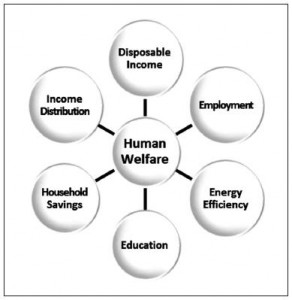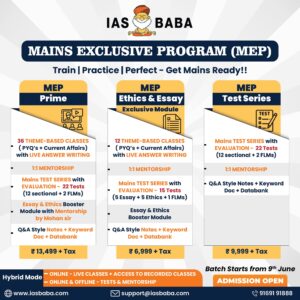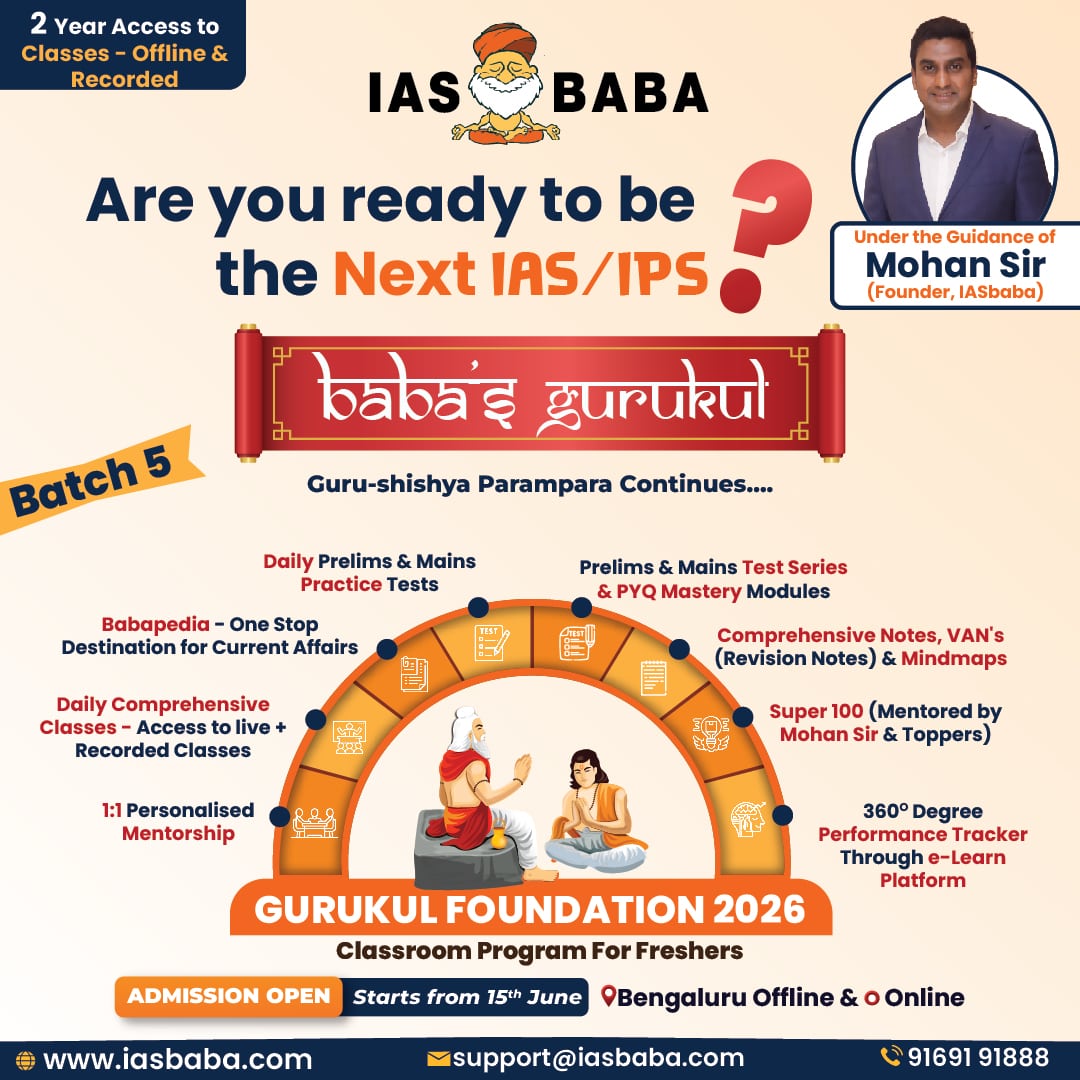IASbaba's Daily Current Affairs Analysis, International, National, UPSC
Archives
IASbaba’s Daily Current Affairs- 04th July, 2015
INTERNATIONAL
India keeps away from vote against Israel in U.N.
The government denied what appeared to be a major shift in India’s policy on Israel, particularly on UN votes related to the Palestinian cause, after it abstained from a vote against Israel at the UN Human Rights Council in Geneva
What is UNHRC Resolution?
- India abstained on a resolution at the UN Human Rights Council condemning
 Israel over the UN report into Operation Edge in Gaza.
Israel over the UN report into Operation Edge in Gaza. - Resolution calls on all UN officials to implement the report’s recommendations and on UNHRC member states to ensure the application of international law in the occupied Palestinian territories.
What is India’s Stand?
- Although India, Kenya, Ethiopia, Paraguay and Macedonia abstained, the resolution was adopted as 41 countries voted in its favour.
- These included European Union member countries Britain, France and Germany; China, Pakistan, Bangladesh and Maldives from India’s neighbourhood and Russia.
- Israel’s closest ally US was the only country to vote against the resolution.
- India has traditionally voted in favour of such resolutions.
- So, the move is being seen in the context of India warming up to Israel under PM Narendra Modi.
IAS BABA’s Views
- India’s vote notwithstanding, the 47-member UNHRC adopted the resolution on “ensuring accountability and justice for all violations of international law in the occupied Palestinian territory including East Jerusalem” asking Israel and Palestine to prosecute alleged war crimes committed in the 2014 Gaza war and to cooperate with ICC’s probe.
- While the Council has no binding powers, its moral authority raises the pressure on both sides.
Connecting the dots
- Write a note on Mandate of International criminal court.
- Plot a timeline understanding the issue of Israel’s offensive in Gaza.
- Analyze India’s foreign policy towards Israel
NATIONAL
30 p.c. of rural households landless
Nearly 19 per cent of India’s rural population in 2011 lacked at least one of seven socio-economic parameters used to estimate deprivation that include source of income, the presence of an able and literate adult and quality dwelling.
What are the socio economic Indicators?
- Socio-economic indicators provide a background to understanding the health
 scenario in a country.
scenario in a country. - Socio-economic indicators provide data on education, gender, poverty, housing, amenities, employment and other economic indicators.
- These indicators for the country as well as states will help in identifying the linkages between socio-economic indicators and achievement of health goals.
What does the SECC Report says?
- According to the SECC data, 31.26 per cent of the total rural households can be broadly identified as “poor”’ where the main earner has an “insecure and uncertain” source of income and the household lives in a “one room house with kutcha walls and kutcha roof”.
- As many as 74.49 per cent rural households survive on a monthly income of less than Rs 5,000 of its highest earner.
- Five percent of rural households derive salaries from government jobs, 1.11 per cent from public and 3.57 per cent from private sources.
- Overall, 94 per cent of households own houses, but only 17.70 per cent of SC and 10.50 per cent of ST households have their own houses.
- Only 4.58 percent of rural households pay income tax.
IAS BABA’S Views
- Although it is called the Socio Economic and Caste data, the release so far has been of only the socio-economic data.
- The detailed caste-based data has not yet been released.
- This census measures deprivation on the basis of what a household does not have as against the Planning Commission’s poverty estimates that looked at the income an individual does have.
Connecting the dots
- Is internal poverty estimate and the Rangarajan committee report the same?
- Write a note n Tendulkar Methodology.
- Discuss Multidimensional Aspects of Poverty in India
A CTO for bridging the gap between governance and technology
- Digital India can be the prime mover to making a reality of this government’s promise of minimum government, maximum governance.
- Such a transformation requires technology to be firmly embedded into government, something that the Digital India project lists as one of its foremost objectives.
How to Bridge the Gap?
Embedding technology into governance processes will do three things.
- One, transform government and make it more transparent and efficient;
- Two, transform the lives of citizens, especially those at the bottom of proverbial pyramid;
- Three, make our economy more efficient and competitive.
Is this a new paradigm?
- E-governance and technology in government is not a new idea.
- This has evolved over years from replacing typewriters with PCs and the process of ‘computerisation’ to a more complex, multi-functional, department wide application of the concept.
- However, despite thousands of crores of rupees spent in the last decade in the name of e-governance and efficiency, there has been little change in government as a consequence of these investments.
Why India Needs CTO?
- More mature democracies such as the US have beaten India in recognising the need for a chief technology officer (CTO).
- President Barack Obama made this appointment a centre point of his 2007 electoral campaign.
- Obama conceptualised the role of the CTO to be someone that would “focus on transparency” and ensure “that each arm of the federal government makes its records open and accessible as the e-Government Act requires”.
- India needs to take a similar approach and use this as a precedent while rolling out Digital India.
What should be the focus of CTO?
The focus of the CTO should be to design an architecture that achieves three broad goals:
- Enable easy, transparent access for citizens and business to and from government,
- enable government departments to operate transparently and efficiently,
- Connect various departments to ensure that government and policymakers operate in a seamless, transparent, responsive and data-driven manner.
Connecting the Dots
- In what way India can make use of the Chief Technology officer?
- Do Embedding technology in Real time Governance and policy action be accurate?
- Write a note on challenges that would be confronted by the CTO.
DID YOU KNOW?
- Rag pickers to be recognized with national award with a cash prize of Rs 1.5 lakh, will be given to three best rag pickers and three associations involved in innovation of best practices
- China has proposed a trilateral economic corridor with India through Nepal and a railway line linking the three nations via Tibet besides undertaking joint reconstruction projects to rebuild quake-hit Nepal.
- The popular phrase ‘once in a blue moon’, will be a reality on July 31, since the month will see two full moons, with the second one termed as a Blue Moon.








